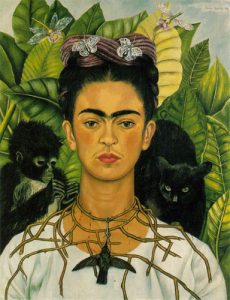Suddenly, it’s April and the year is ending. It doesn’t seem like very long ago that we met for the first time in September, in the SWNG building, to start thinking about academic writing and research and personal narratives and how they connect out to larger issues that connect to “global citizenship” and beyond. I have learned so much from you as we have worked together, and I am grateful for our learning together.
For your final blog of the year, your assignment is to write a post that articulates an idea or issue that ASTU has raised and about which your thinking has changed over the year. Choose a text as a case-study to illustrate that idea (this is the usual practice of our blogs: analyze a text that illustrates high-level abstractions). This can be a text from our reading list, including the archival materials you just studied, OR an ASTU-related text of your choosing. Reflect on the significance of the idea or issue and what your changes in thinking about it suggest.
As you usually do, follow best practices of academic writing and blogs, e.g., using links & citations, reporting expressions, forecasts, abstractions, and so on. But you are welcome, also, to write from a personal position, as you reflect on your own experiences and learning.
Posts are due Saturday, April 8 at noon, and comments by Monday, April 10 at noon. Feel free to post early!
ETA: I thought you might like to check out each others’ excellent archival projects again. So here are the links to the 5 projects:
Etsuji Mori wiki
Jack Shadbolt bird sketches Tumblr
Gilean Douglas fan letter “Heritage Minute” (YT)
BC Security Commission website.
Also, while I have your eyeballs here, can i encourage you to fill out the FYP exit survey? This is the other half, essentially, of the survey you answered in September, so we are hoping to hear again from as many of the original respondents as we can. It takes less than 10 mins and you have chance to win a $25 gift certificate to the Bookstore.

